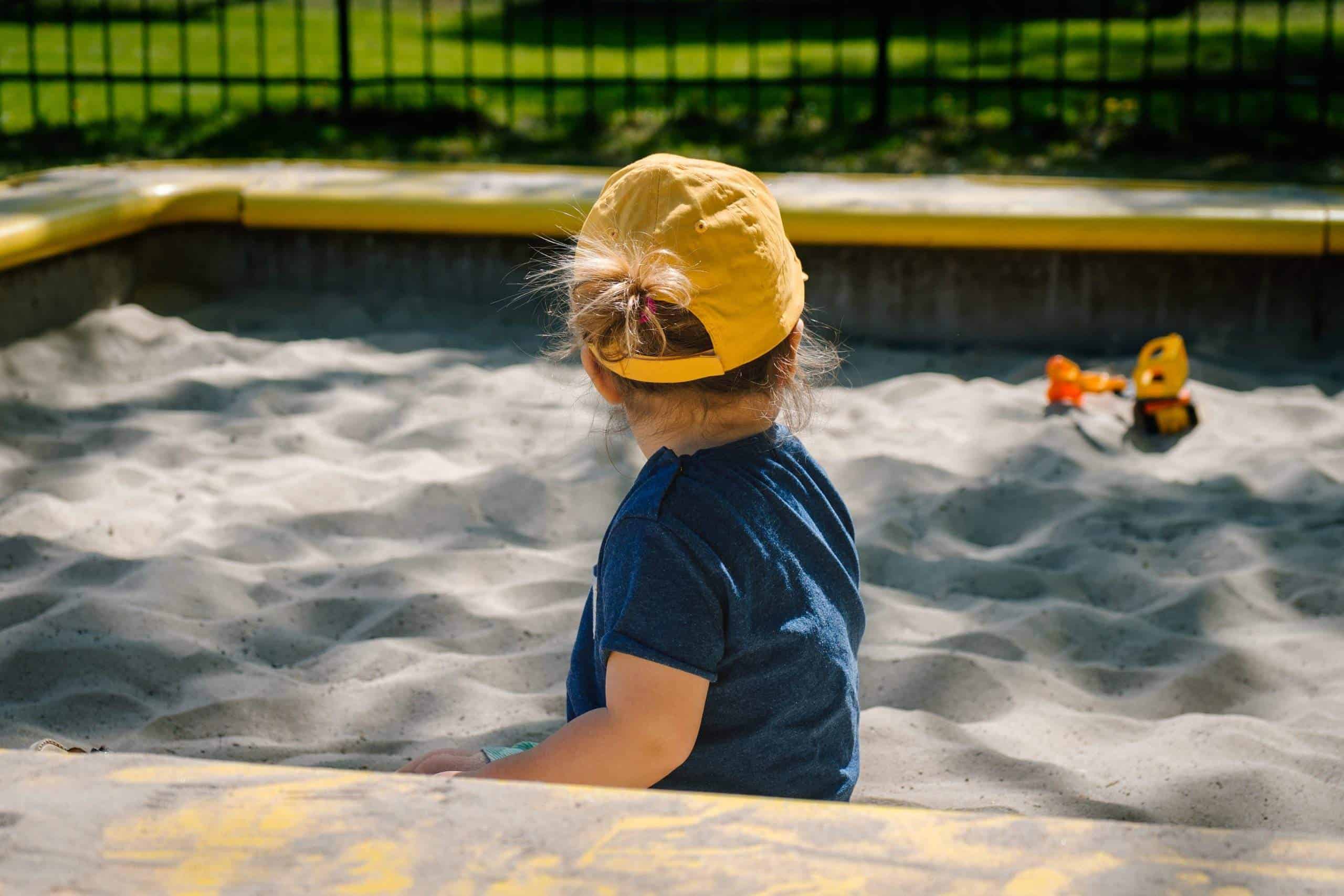
The Power of Play and Objects in Children’s Early Learning
Thank you to Dr. Ole Sando, Associate Professor in the Department of Physical Education and Health at Queen Maud University in Trondheim, Norway, for providing this post.
Early Childhood Education and Care (ECEC) institutions offer young children an environment with play opportunities that contribute to their development. The complexity of early childhood learning led to the introduction of the concept of ‘deep level learning’ by Laevers (2000). Deep level learning goes beyond surface-level understanding and aims to engage children in immersive and meaningful challenges. This blog post is based on our research study (Sando et al., 2023) exploring the relationship between children’s play, objects in their environment, and their deep level learning. Our study focuses on Norway’s ECEC context, where play is seen as essential for children’s development and learning.
Laevers (2000) emphasized the importance of children’s involvement in various activities and well-being as indicators of deep level learning. Involvement includes factors like engagement, curiosity, and motivation, which directly impact learning. Well-being refers to the degree to which children feel at ease and act spontaneously, influencing their ability to concentrate and engage with the environment.
Play is a central activity in early childhood education, with numerous studies supporting its connection to learning and its intrinsic value in childhood. Play is not only enjoyable but is also essential for cognitive, social, and emotional development. In the ECEC context, play is an avenue for well-being and involvement, and therefore has potential to provide situations of deep level learning.
The study draws on the theory of affordance (Gibson, 2014), which emphasizes how the physical environment influences children’s behaviour. Objects in the ECEC setting (e.g., loose parts) are essential affordances and are crucial in supporting children’s play and learning. For instance, objects with multiple functions, like sand and clay, attract children’s attention and foster creativity and play. Loose parts and open-ended materials encourage experimentation and discovery because they can be manipulated and shaped in an endless number of ways by the children according to their interests and imagination. The use of objects is also found to support cognitive functions like problem-solving and thinking, suggesting that they may promote learning through exploration and play.
In our study, we collected data from 928 video observations of 79 children in eight Norwegian ECEC institutions during free play periods. We used Laevers´ well-being and involvement scales to measure deep level learning. Children’s play behaviours were categorized as functional, constructive, and symbolic play. Children’s interaction with objects was also measured. The results revealed that:
- Around 32% of the variation in deep level learning was attributed to individual differences, highlighting the importance of addressing individual needs and that some children may struggle to find meaningful and challenging activities in more unstructured circumstances.
- Engaging in different types of play (functional, constructive, and symbolic) was strongly and positively linked to deep level learning, reinforcing the significant role of play in education.
- Interacting with loose-parts positively correlated with deep level learning, indicating that such objects stimulate learning experiences.
- Constructive and symbolic play mediated the relationship between object interaction and deep level learning, suggesting that these forms of play support the positive effects of objects on learning.
Our results underscore the value of play and loose parts in promoting children’s deep level learning within ECEC settings. The findings emphasize the significance of providing a rich and stimulating environment that affords various types of play and object interaction. By understanding these dynamics, educators and caregivers can create stimulating learning experiences building on children’s interests, which may promote children’s holistic development during the early years and build a solid foundation for school entry.
Ole Johan Sando is an Associate professor in the Department of Physical Education and Health at Queen Maud University College of Early Childhood Education (QMUC) in Trondheim, Norway. His research interests include children’s play and risk-taking and the impact of the physical ECEC environment on children’s physical activity, well-being and learning.
References
Gibson, J. J. (2014). The Ecological Approach to Visual Perception: Classic Edition. Taylor & Francis. https://books.google.no/books?id=8BSLBQAAQBAJ
Laevers, F. (2000). Forward to basics! Deep‐level‐learning and the experiential approach. Early Years, 20(2), 20-29. https://doi.org/10.1080/0957514000200203
Sando, O. J., Sandseter, E. B. H., & Brussoni, M. (2023). The Role of Play and Objects in Children’s Deep-Level Learning in Early Childhood Education. Education Sciences, 13(7), 701. https://www.mdpi.com/2227-7102/13/7/701
Photo by Ostap Senyuk on Unsplash

